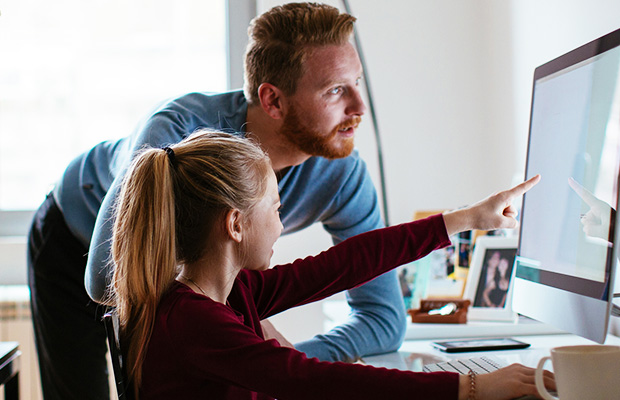School’s back — at home: Six tips for parents

School’s back for term two today — but in a form that’s never been seen in Victoria.
The hastily-developed remote learning system is about to be put to the ultimate test, with hundreds of thousands of students logging on to virtual classes to keep the academic year on track.
Those who can stay at home must, with only vulnerable students and the children of essential workers permitted to physically attend schools, which will have skeleton staff on school grounds.
Education Minister James Merlino says there will be apprehension all-round and admitted some things won’t go seamlessly, but he’s urging students to try to make the most of it.
“Your teachers are well-prepared, they’ve done amazing work,” he said.
Work has now started to distribute laptops, tablets and SIM cards to kids who don’t have devices or internet access at home.
Online learning and cyber safety expert Bec Martin, from Evolve Education, told Ross and John today will require patience from everyone, and told parents they shouldn’t feel pressured to run classes.
“It’s not your job to be the teacher; it’s your job to supervise and support,” she said.
Click PLAY to hear the interview
Her top six tips for parents:
-
Familiarise yourself with what online learning will look like for each child. Delivery methods will be different across ages and schools. Check for communication from your school on how they plan to deliver learning from home and have a family meeting about how it will all work, especially if parents are WFH also.
-
Create a cheat sheet of usernames and passwords to access the programs used to deliver online content, this includes access codes for Google Classroom or Microsoft Teams and other programs like Reading Eggs or Click View.
-
Download any software required for video conferencing on your child’s device
-
Create a Family Media Plan and start the conversation around internet safety, digital wellbeing and setting ground rules for behaviour online
-
Use parental controls. There are many ways to turn on Parental Controls from home wifi, sim cards, devices setting up family accounts. It can all seem a little overwhelming but the easiest way is to access the parental controls on each of the devices in your house. For tutorials and how to set them up check out our website.
-
Create a daily timetable:
-
Setting an alarm for scheduled video conferencing
-
Digital Wellbeing – Balance offline and online activities
-
Health – schedule breaks, getting fresh air exercise, eating well (fruit breaks etc) and drinking water
-
Discuss strategies for seeking support if they get stuck or frustrated
-
Allocate device time if sharing amongst family members
-
Staying connected is important. Understand the platforms your child is using to connect whether through Social Media, Video, chat or gaming and discuss the rules through your family media agreement.















